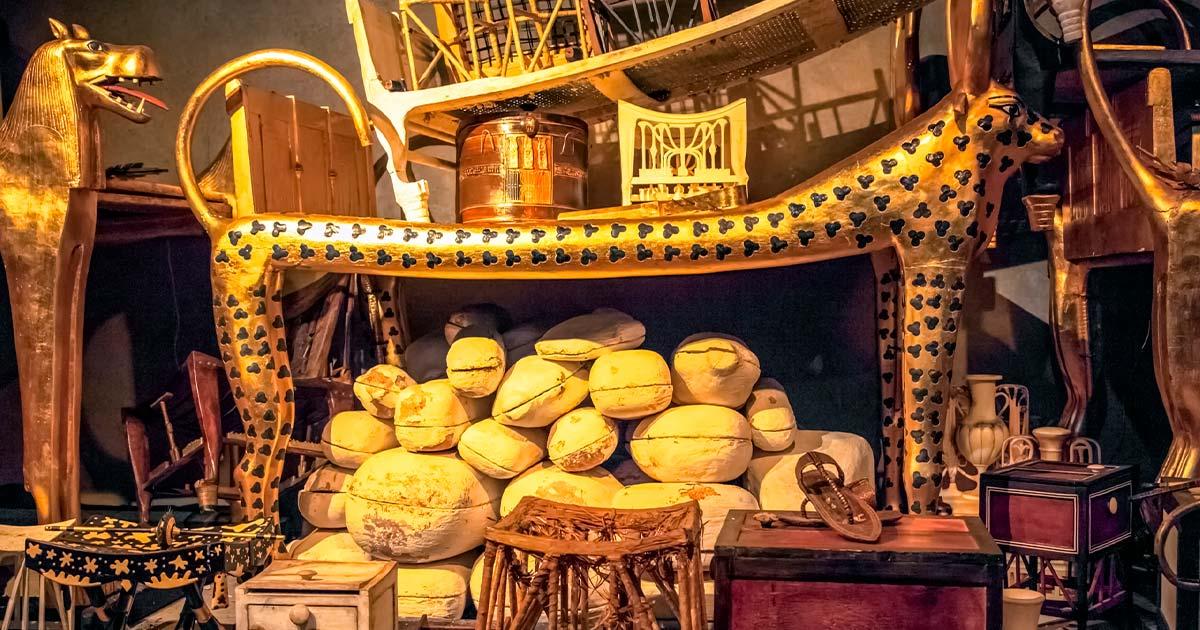
Why Was Tutankhamun’s Tomb Prepared in Such a Hurry? (Video)
King Tutankhamun's burial, typically a carefully orchestrated affair, deviates intriguingly from the norm. Anomalies emerge in the form of mysterious black mold patches adorning the tomb's walls, a phenomenon exclusive to Tut's resting place. Initial suspicions linked this to contemporary tourist activity, but a closer examination of Howard Carter's archival images dispelled such notions. Remarkably, Tut's tomb was sealed before the wall paint had fully dried, leaving conservation experts to unravel the enigma of this haste. Detailed analysis, including recent high-resolution photographs, exposes the hurried nature of the ancient craftsmen's brushstrokes. The ochre color, applied hastily with broad strokes, unveils a departure from the meticulous techniques customary for royal tombs.
Conservation experts have noted the distinct traces of urgency in the brush marks, suggesting a timeframe significantly shorter than the norm. The unusual circumstances find their roots in Tutankhamun's unexpected demise at the tender age of 19. Unlike his predecessors, who meticulously planned and adorned their tombs well in advance, Tut's sudden passing compelled a race against time to fulfill the 70-day tradition between the monarch's death and tomb sealing. This departure from convention unravels a captivating narrative of urgency and mystery surrounding the young king's untimely fate.
- 28 ORIGINAL Photos from the Discovery of Tutankhamun’s Tomb
- The Boy King Behind the Mask: Tutankhamun’s Life and Legacy
Top image: King Tut’s tomb was prepared in a rush. Source: Jaroslav Moravcik / Adobe Stock.















